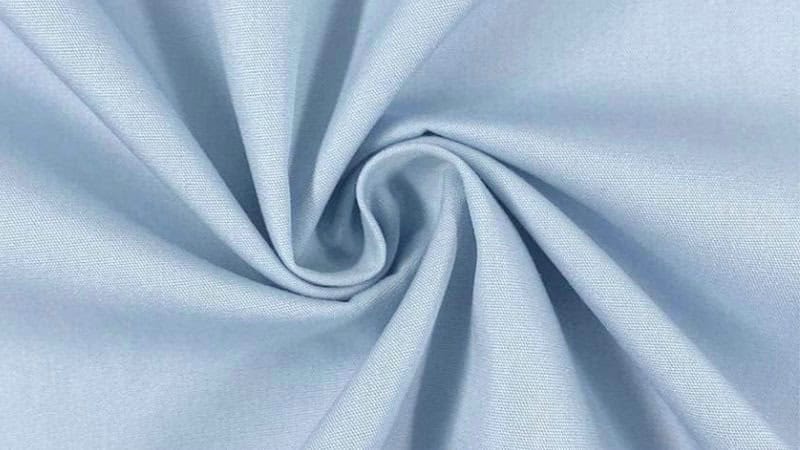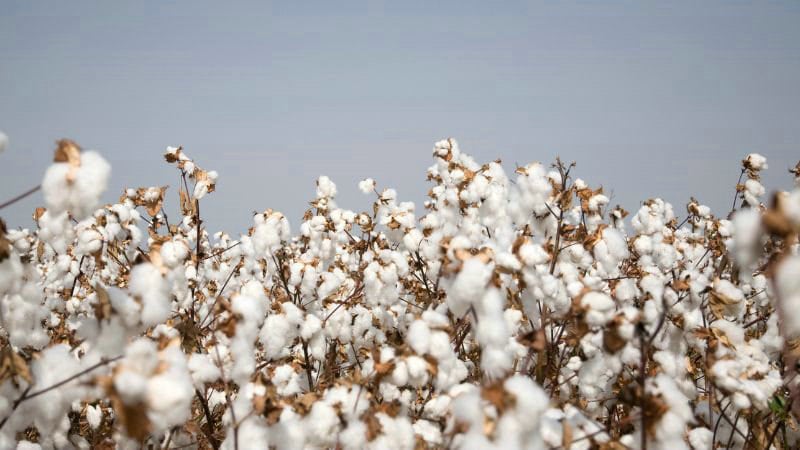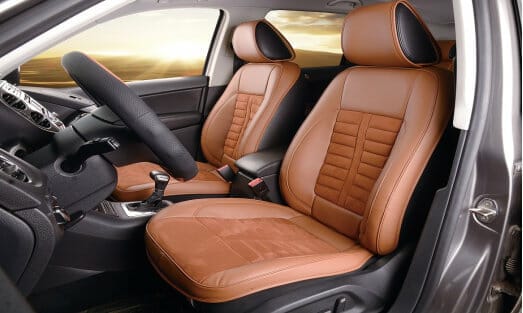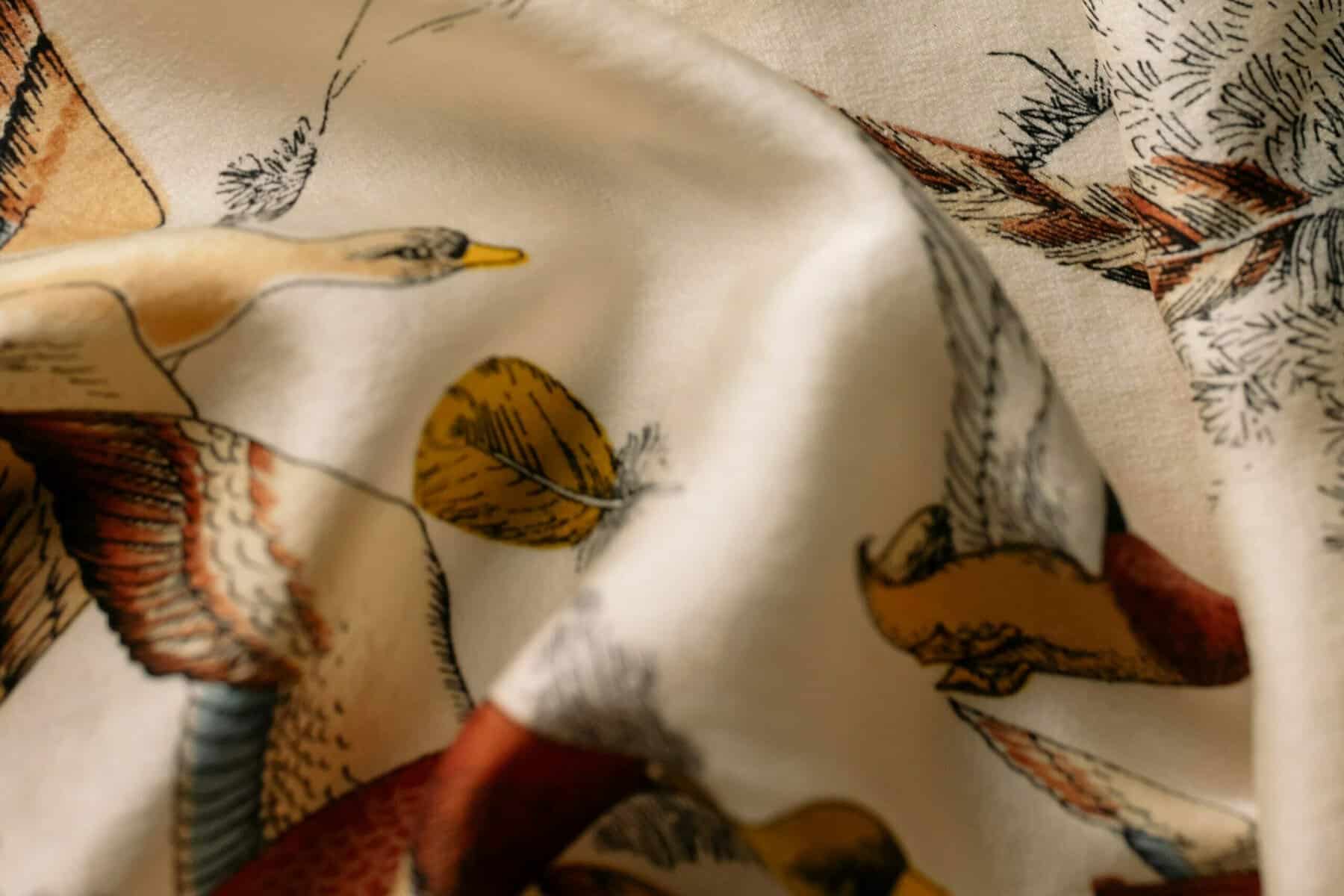Fast fashion makes it possible for consumers to purchase trendy fashion, often inspired by what models wear on the runway or by clothes popular with celebrities.
The main advantage of fast fashion is that it democratizes stylish clothing for the masses. However, it has its downsides in that it is linked to low wages, waste, and pollution.
When you consider the advantages and disadvantages of fast fashion, it can be challenging to decide whether, overall, it’s good or bad. We have created this article for you if you have battled with this dilemma.
The article starts by defining the idea of fast fashion. We then compare fast and slow fashion, identify reasons some people are concerned about fast fashion, and provide insights on whether it is good for the economy. Finally, we suggest what you can do to play your part in supporting ethical fashion.
What is Fast Fashion?

Good On You is an Australian organization that brings together campaigners, fashion designers, scientists, and writers to advocate for ethical fashion.
The organization defines fast fashion “as cheap, trendy clothing that samples ideas from the catwalk or celebrity culture and turns them into garments in high street stores at breakneck speed to meet consumer demand.”
Writing for Ethical Consumer magazine, Alex Crumbie suggests that central to the fast-fashion business model is the assumption that consumers will continue buying new clothes whether they need them or not.
Even though fast-fashion retailers know that consumers will continue endlessly buying new clothes, Crumbie argues that they never leave anything to chance. He says they “tempt consumers by offering ultra-cheap garments…and ever-changing new ranges.”
The History of Fast Fashion
The fashion news website Fashionista.com traces the history of fast fashion and says that even though fast fashion is regarded as a new concept synonymous with brands like Zara, the concept dates far back.
According to Fashionista.com, “fast fashion is really just a term given to a constantly evolving production system that has been gaining momentum since the 1800s.” Fashionista then presents a timeline:
- The 1800s:The industrial revolution introduced machines and processes that made it possible to produce clothes in large quantities, lowering the price of clothes in general for the affluent.
- The 1900s–1950s: Even though many people still made their own clothes, the use of mass-produced clothes escalated among middle-class consumers in this period.
- 1960s–2000s: The period when fast fashion earnestly took off with young people embracing fashion trends and manufacturers starting to find ways to meet the mounting demand.
- Today:Fast fashion has been propelled by technologies like the internet and e-commerce, making it possible to buy clothes that can be delivered within the hour.
Characteristics of Fast Fashion
The Commonwealth Human Ecology Council (CHEC) identifies the four characteristics of fast fashion: quick, trendy, mass-produced, and cheap.
Quick: It’s Fast Fashion, After All
It’s called ‘fast fashion’ for a reason: everything must happen fast. Any fast-fashion brand that takes too long to get its items to the market will miss the boat.
The rush to get products to the market means that cheap labor and poor-quality materials form part of the process. This ensures that the products can be sold for as low a price as possible. Such low prices are tempting to consumers, leading to some buying new clothes before using the ones they bought before.
Trendy: Mimics Catwalks and Celebrity Posts
Crumbie notes that the rise of fast fashion in the last decade can be attributed to social media and celebrity/influencer culture.
For example, fast-fashion manufacturers monitor the reactions of celebrity followers on social media regarding a particular outfit. If followers indicate that they like it, fast-fashion brands start the race to get that style to consumers as fast as possible.
Mass Production is the Name of the Game
A fast-fashion brand can sell its products at the lowest price possible and still make a profit because it can take advantage of the economies of scale made possible by mass production.
The CHEC notes that mass production “increases the material input and leads to the overstock and underselling of garments that if…not sold at huge discounts are thrown away,” creating waste.
Cheap but Expensive in the Long Run
Since fast fashion often uses cheap labor and low-quality material, when the apparel hits the shelves, it is often very cheap, sometimes ridiculously cheap.
However, because you will need to buy more of these clothes in a short period, buying fast-fashion items may end up being more expensive than buying slow fashion items.
Fast vs. Slow Fashion
There must be slow fashion if there is fast fashion, right? Indeed, the concept of slow fashion exists. But what is the difference between fast fashion and slow fashion?
In an article published by ResearchGate, the European social networking site for researchers and scientists, Aishwariya Sachidhanandham, an assistant professor at India’s Avinashilingam University, presents the differences between the fast and slow fashion.
She writes that slow fashion is different from fast fashion because it “is handmade, time-consuming, uses the talent of artists, better quality and [is] highly-priced.”
Sachidhanandham adds that slow fashion is produced using quality fabrics, with an attempt to use “materials with fewer chemicals, dyes, energy, less resource, less waste, and minimal impact.”
The Benefits of Fast Fashion

Fast fashion is often presented as the poster child of irresponsible fashion. Still, the reality is that it has its benefits. The fact that fast fashion is so successful in the face of backlash is an indication of its value.
Even though fast-fashion manufacturers are often accused of paying low wages to people in the developing world, they usually offer work to individuals who would otherwise not be able to find it. Economies in the developed world often struggle to create sufficient work opportunities for all people looking for work.
Making fashion available at a low cost is beneficial for individuals who could otherwise not afford the more expensive slow fashion.
Why Are Some People Concerned About Fast Fashion?

It cannot be disputed that the need to manufacture a massive number of garments over a short period, to be worn only a few times before they are disposed of, has negative connotations in general.
There are several reasons some people and organizations in environmental advocacy are concerned with fast fashion. Let’s look at three of these reasons.
The Environmental Impact
A group of Princeton University undergraduates and graduate students runs a website called PSCI.princeton.edu. They say that their mission is to advocate for governments to impose heavy taxes on companies with a huge carbon footprint.
They identify some of the environmental effects of fast fashion:
- Excessive water usage:Producing one cotton shirt requires 3,000 liters of water. Manufacturing clothes leads to massive amounts of dyes being dumped into the oceans.
- Plastic microfibers:An estimated 35 percent of plastic microfibers polluting the oceans are attributed to the synthetic materials used in making clothes.
- Excessive consumption of clothes: Fast fashion makes it easy for people to discard their old clothes and buy new ones, leading to 57 percentof all discarded clothes ending up in landfills every year, where they are eventually incinerated and cause air pollution.
Fast Fashion Can Negatively Affect Society
Fast fashion is often accused of perpetuating negative social impacts in the areas of gender equality, decent work, and reduction in inequality.
Yasaman Yousefi, an LL.M candidate, writing for SDWatch.eu reports, “Brands and retailers like H&M and GAP have been criticized for creating atmospheres where employees are poorly paid and where the working environment can be dangerous.”
SDWatch.eu describes itself as “an independent, non-profit and student-led project initiated and managed by students and alumni of the LL.M in Sustainable Development at the University of Milan.”
Fast Fashion is “Unsustainable and Unethical”
Lindsey Reid writes for the University of Alabama at Birmingham’s Institute for Human Rights blog. She argues that fast fashion is unethical and unsustainable.
Reid supports her views by referring to the working conditions of the workers who make most of the clothes that end up on the backs of people in the developed world.
She uses the 2013 collapse of the Rana Plaza in Bangladesh, which led to 1,132 fast-fashion factory workers losing their lives, as an example of the unethical character of the fast-fashion industry. According to Reid, these employees made products for some of the leading fashion brands like Children’s Place, Joe Fresh, and Walmart.
Playing Your Part
While many have noted the adverse effects of fast fashion, it is clear that fast fashion is here to stay. We can still enjoy the benefits of fast fashion while doing everything we can to mitigate its harmful effects.
Treehugger.com, a sustainability website that carries content related to gardens, homes, and eco-friendly design, has some suggestions:
- Wash clothes only when necessary, using gentle detergents that will help in extending their life.
- Instead of throwing away damaged clothes, repair them first.
- Exchange clothes you no longer need with friends.
- Donate clothes you no longer wear to a facility near you.
Treehugger.com shares some wise advice: “When shopping…consider quality over quantity and timelessness over trendiness.”
The same source adds that you should research the clothing manufacturers before you buy to ensure that you are supporting companies that use sustainable processes and ethical labor practices.







